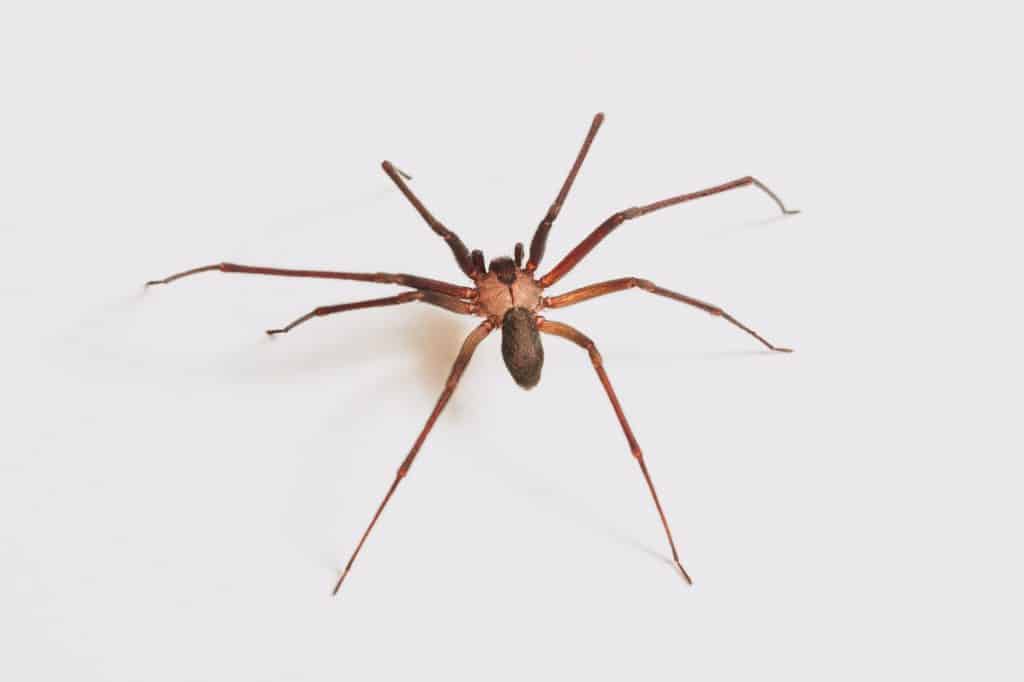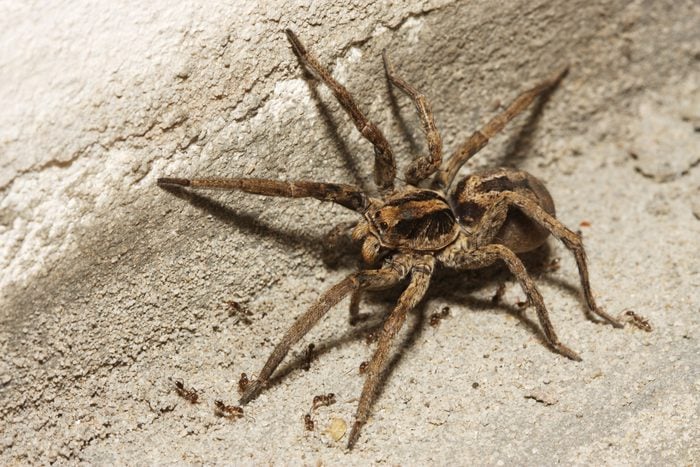Meet the Common House Spider: Habits, Characteristics, and How to Deal with Them

The common house spider, scientifically known as Parasteatoda tepidariorum, is a tiny arachnid that often shares our living spaces. While they may send shivers down your spine, these spiders play a crucial role in controlling other household pests. In this article, we will explore the common house spider, its habits, characteristics, and some tips on how to deal with them peacefully.
Appearance and Identification
Common house spiders are typically small, with a body length ranging from 3 to 8 millimeters. They are usually brown or gray, and their bodies feature a distinctive pattern of lighter and darker markings. Their eight legs are long and slender, which helps them navigate their surroundings.

Habitat and Behavior
-
Webs: Common house spiders are known for their intricate and irregular webs. They spin these webs to catch prey, such as flies, mosquitoes, and other small insects. These webs can often be found in corners, along walls, and in basements.
-
Nocturnal: House spiders are nocturnal creatures, meaning they are most active during the night. They hide in their retreats during the day and emerge to repair or build their webs and hunt at night.
-
Prey: Their primary diet consists of small insects and pests, making them beneficial to have around the house as natural pest controllers.
Reproduction
Common house spiders lay their eggs within silken sacs. Each sac can contain dozens of eggs, and the female guards these sacs until the spiderlings hatch. Once hatched, the spiderlings disperse by releasing silk threads and floating away on the wind, a behavior known as "ballooning."

Dealing with Common House Spiders
-
Prevent Entry: To reduce the presence of house spiders, seal any cracks or gaps around doors, windows, and other entry points to prevent them from entering your home.
-
Regular Cleaning: Regular cleaning and dusting can remove spider webs and discourage them from setting up shop in your living spaces.
-
Reduce Lighting: Outdoor lighting can attract insects, which, in turn, attract house spiders. Consider using yellow or sodium vapor lights that are less appealing to insects.
-
Natural Predators: Encourage natural predators like birds and larger spiders that feed on common house spiders to help keep their population in check.
-
Vacuuming: If you encounter a house spider indoors, gently capture it with a glass and piece of paper and release it outside. Alternatively, use a vacuum cleaner to safely remove them.
-
Chemical Control: As a last resort, you can use spider sprays or insecticides labeled for spider control. Ensure you follow the instructions carefully and use them only in areas where spiders are a significant problem.
The common house spider may look intimidating to some, but it serves a valuable role in controlling other household pests. By understanding their habits, appearance, and implementing some preventive measures, you can coexist with these spiders peacefully while keeping your home spider-friendly. Remember that they are generally harmless to humans and can even be considered beneficial roommates in the world of pest control.

